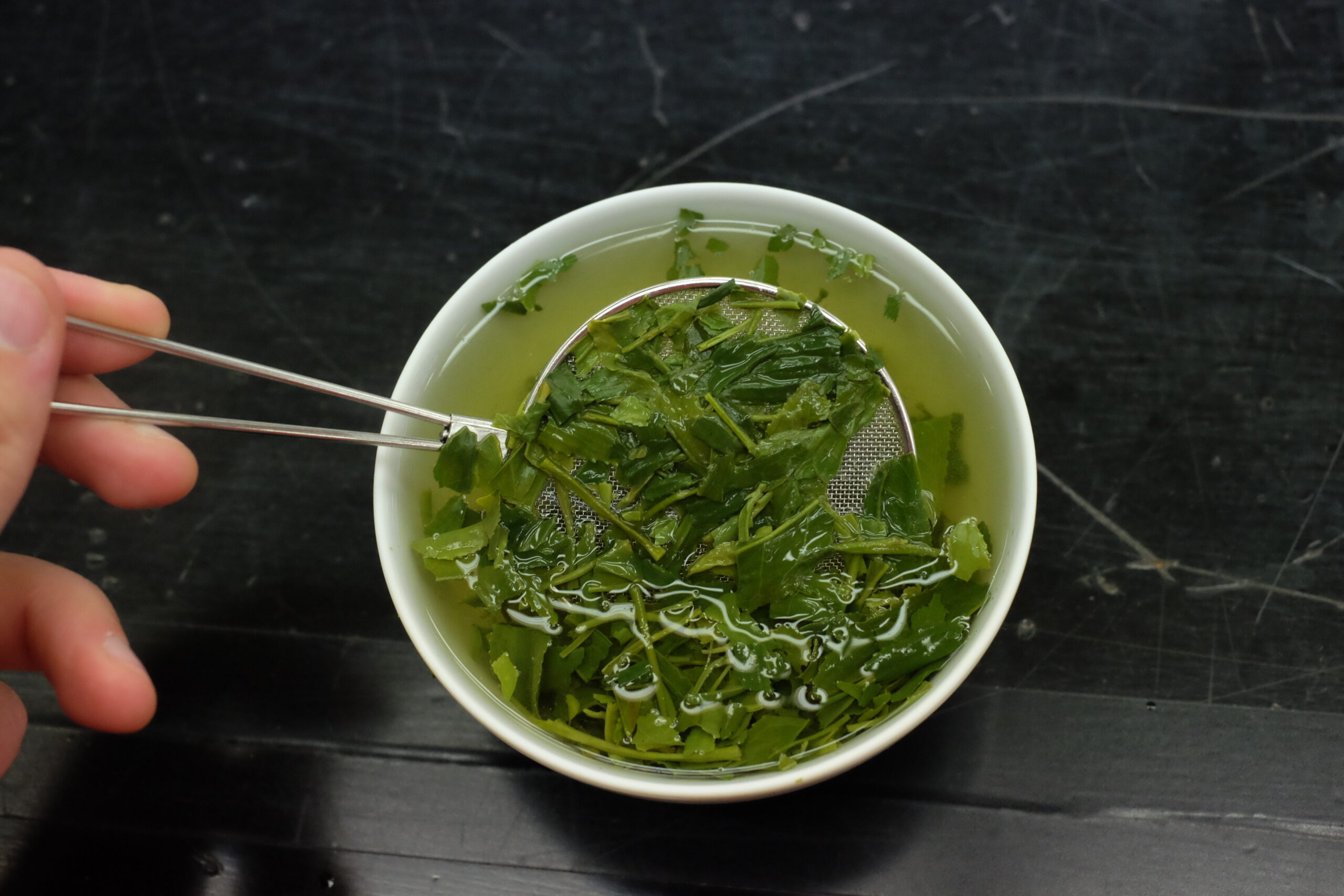With summer nearing the end we can now see the results for the first two tea seasons. Shizuoka has kept the national lead in the spring tea production, however the production volume has declined by 14% compared to the previous year, and was 9,060t. In Kyoto the tea auction closed on 31st July and the average tea price was the highest in the last 10 years, likely due to the expected demand increase from the returning inbound tourism.
In August the National Japanese Tea Competition was also held in Fukuoka. 832 teas competed in 8 different categories. Ureshino tea from Saga Prefecture has stood out with the wins in two categories: tamaryokucha and kamairicha. The Minister of Agriculture Award (the highest award in the tea industry) for tamaryokucha was given to Takayuki Mine, for Kamairicha to Takako Yamaguchi.
Among the new products Kirin announced the release of Namacha Rich in September. It is a bottled tea made from kabusecha ground to powder. Compared to the previous product Namacha, Namacha Rich is made with 10 times more tea. The tea is steeped 45°C, which results in a deep umami taste with little bitterness.
A few new flavored teas have been introduced as well. A collaboration between a tea company in Niigata Prefecture Fuji Misono and Niigata University of Food and Agriculture produced a green tea flavored with lemon balm, which brings a refreshing taste. A tea company in Hyogo Prefecture has created a tea flavored with lilies that was inspired by a popular manga “ Fist of the North Star”.
Before we can enjoy the tea it needs to be cultivated and processed. An apparel company in Mie – Miyuki Keori has proposed an unusual fertilizer – discarded wool. During the machine process of wool winding, some wool is not winded correctly and gets discarded. Wool, however, contains a lot of nutrients such as nitrogen, that can be beneficial for plants. The apparel company partnered with a tea company in the prefecture – Shimizu Seicha, and the tea produced using wool fertilizer should be available this autumn.
Being in the middle of summer holidays, this month has also seen a lot of student engagement with tea. In Tokushima, Tokushima Bunri University has been supporting the preservation of the awabancha (local post-ferment tea) production. On 1st August 13 students participated in the awabancha harvesting and production. Recently the number of awabancha producers has been decreasing, and the hope is that young people will learn about this unique production method and will help to spread the word.
In Kyoto students from highschool to elementary school are playing an important role in Ujicha promotion. On 20th of August 23 students, who have the chammelier title, opened a one day cafe in Uji City. The menu included matcha shaved ice and student-brewed gyokuro. The hope is that from a young age students will become Ujicha fans. On 5th August students from the art club at the prefectural highschool held a tea latte art experience in Ise City in Mie Prefecture. That was a great way to promote local Ise tea.
In October Kikugawa City in Shizuoka Prefecture will organize an unusual event – Shouting love in the middle of the tea farm. It is the second time to organize this event and participants are invited to shout the words of love and gratitude that can sometimes be difficult to express.
The article is based on the Japanese media articles:
- Closing Uji Tea Trade in Joyo, Kyoto Average Unit Price Highest in 10 Years, Kyoto Shimbun 2023.08.02
- Luxurious “finely milled Kabusecha” is used 10 times more than usual! Kirin Namaicha Rich,” with a rich black color that stands out, Mainishi Shimbun 2023.08.03
- Transaction value of 3.755 billion yen, Uji tea stop market, increased for three consecutive years, Mainichi Shimbun 2023.08.04
- Latte Artists from Iinan High School promote “Ise Tea” and “Yamamura Milk” at a cafe in front of the Jingu Shrine, Mainichi Shimbun 2023.08.10
- Children Uji tea masters entertain you with “a taste of another dimension” at a tea presentation event in Kyoto, Mainichi Shimbun 2023.08.16
- Shizuoka Prefecture Ranks First in Rough Tea Production, Down 10% from 2022, Nikkei Shimbun 2023.08.17
- Fujimien, Niigata University of Food and Agriculture and Green Tea Herb Tea, Nikkei Shimbun 2023.08.17
- Miyuki Wool Weaving Co., Ltd. uses wool to make fertilizer foe Mie’s specialty Kabusecha tea, Nikkei Shimbun 2023.08.21
- Utsunomiya, Y’s Tea develops “Fist of the North Star” Yulia tea, Nikkei Shimbun 2023.08.22
- The appeal of Awa Bancha: leaving a message to the public, Yomiuri Shimbun 2023.08.26
- If you don’t drink it, you’ll regret it! Uji tea-loving children, helping to promote the product, Asahi Shimbun 2023.08.27
- Anyone who has love… “Shouting Love in the Heart of the Tea Field” Event in Kikugawa, Shizuoka, Japan, Mainichi Shimbun 2023.08.27
- Rising trend due to the effect of the championship? Ureshino-cha wins four prizes at fairs, Asahi Shimbun 2023.08.30
- Ureshino tea wins top prizes in two categories at a national tea fair, Yomiuri Shimbun, 2023.08.30

